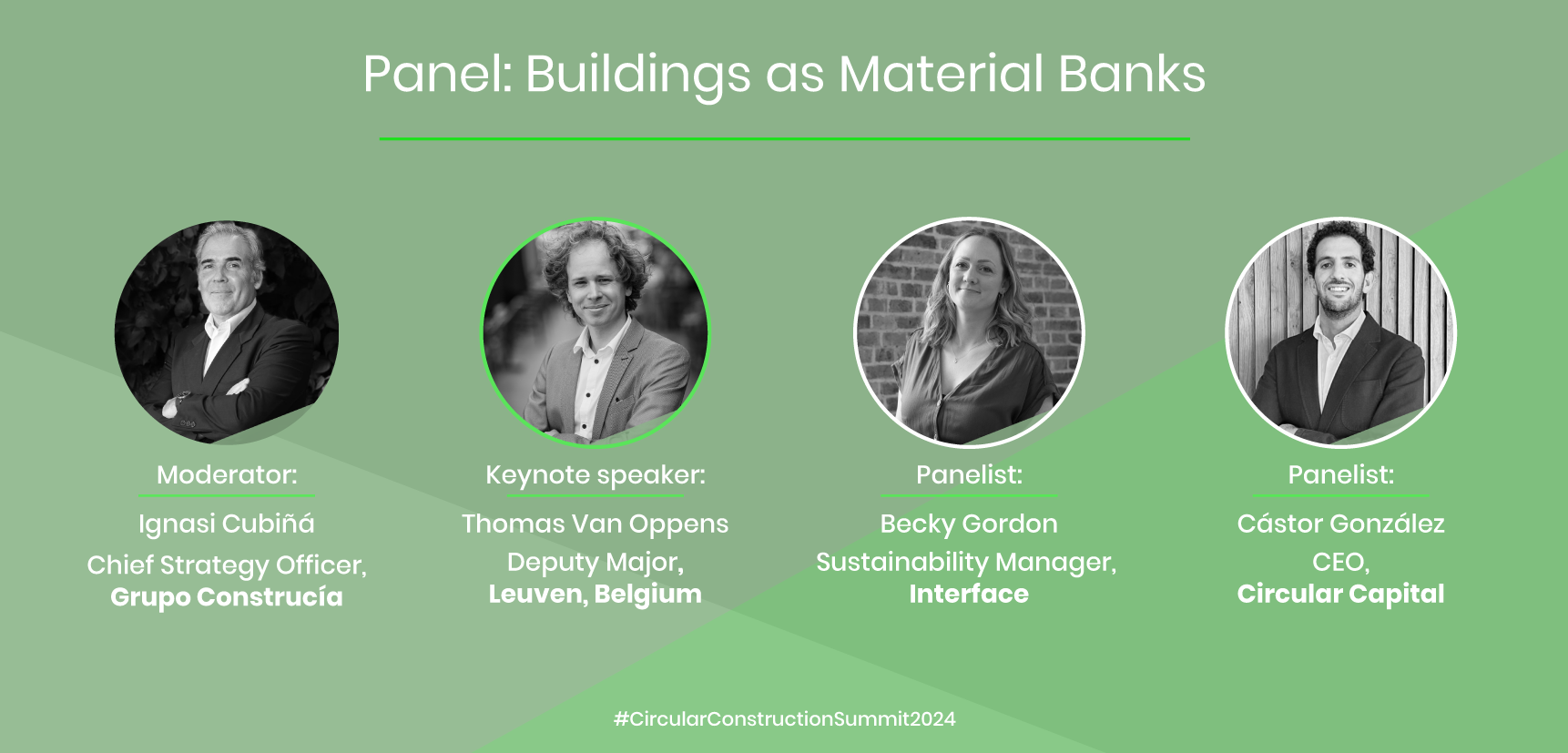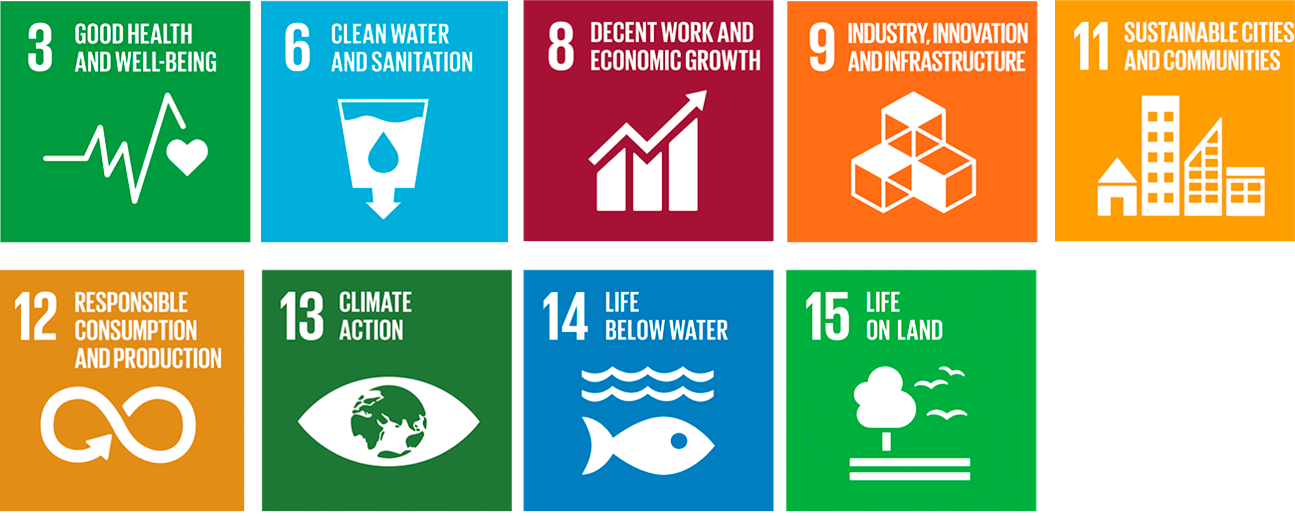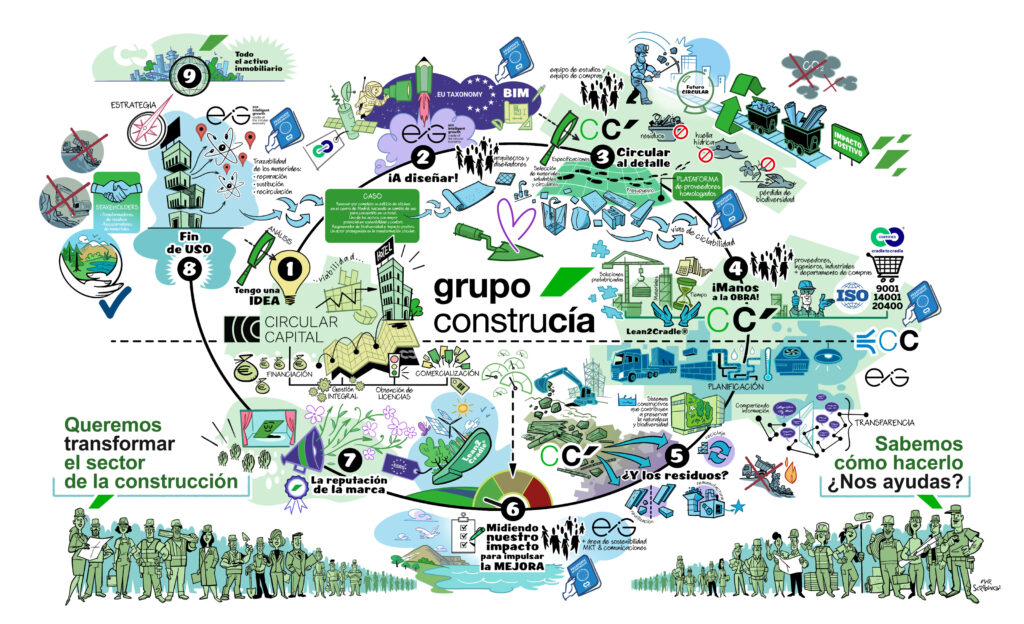
Circular Capital acquires a second plot in Torrelodones to develop a project of 25 single-family homes with an investment exceeding 20 million euros
27 de September de 2024





A young architect engaged in the design of an innovative modular, zero-impact housing structure. Concept of New Solutions for Sustainable Architecture.
Prof. Núria Forcada Matheu
Director of the UPC-Grupo Construcía Chair: Hub for Circular Economy Applied to Construction.
Research and Innovation in Construction Group (GRIC), Universitat Politècnica de Catalunya (UPC).
In the current context of climate emergency and resource depletion, the construction sector faces a critical challenge: rethinking its production models.
The circular approach reimagines how buildings are designed, constructed, and managed. However, the most significant paradigm shift lies ahead: viewing buildings as material banks.
This concept treats building materials not as waste at the end of a structure’s life cycle but as resources to be recovered and reused in future construction cycles, retaining their value over time. Buildings become temporary storage units for materials that can re-enter the production system without losing quality or properties once their initial purpose is fulfilled.
Achieving this vision requires a systemic change in the industry. Tools such as Material Passports (MPs)—digital inventories detailing all elements available in a building—combined with georeferencing technologies (like GIS) and digital marketplaces for reused materials, facilitate industrial symbiosis by tracking material flows on an urban scale. These techniques align with eco-design, standardization, modularization, and prefabrication methods to streamline construction processes and reduce waste.
For new buildings using Building Information Modeling (BIM), material quantities can already be automatically extracted, enabling efficient resource management and recovery planning.
However, to secure materials in the short and medium term, it is crucial to consider not only new buildings but also existing ones. Analyzing the stock of existing buildings to identify the materials they contain and their geographic locations can help determine the resources available in cities. This enables effective waste management and promotes urban mining strategies.
Urban mining must address logistics, transportation of existing materials, and communication among stakeholders by developing mechanisms to project the supply and demand of reusable components, facilitating their reintegration into construction.
This model reduces the need for extracting new resources and minimizes waste while opening new economic opportunities. Treating materials as valuable assets allows companies to optimize investments and generate long-term benefits.
Technological, organizational, and economic challenges in recovering diverse, complex, and distributed materials are significant. The first steps involve building efficient supply and disposal ecosystems, educating construction companies, and creating standards and regulations that encourage this transformative shift.

Please contact with Comunicacion@GrupoConstrucia.com.


